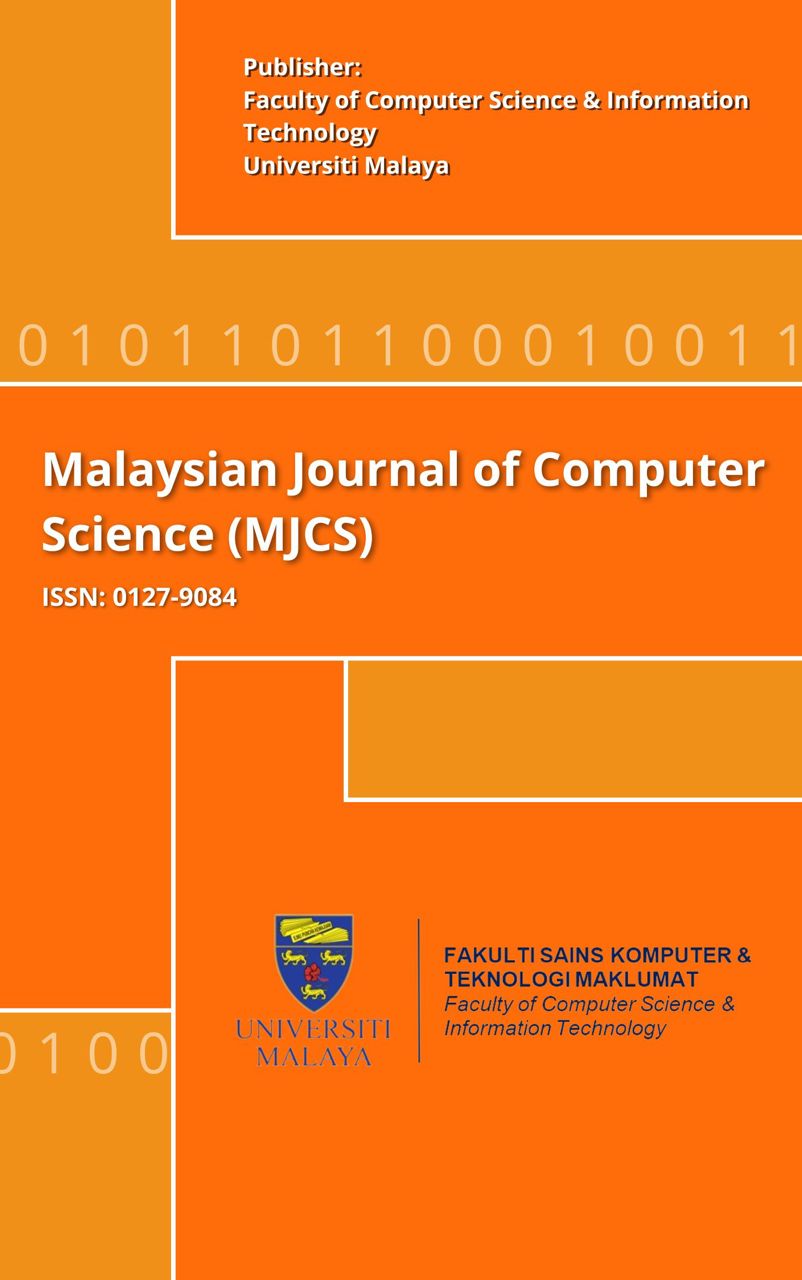CONCEPT-GUIDED GAN WITH DISENTANGLED REPRESENTATIONS FOR EXPLAINABLE PLANT DISEASE IMAGE SYNTHESIS
Main Article Content
Abstract
Generative Adversarial Networks (GANs) have advanced image synthesis and are widely used to augment training data for deep Convolutional Neural Networks (CNNs). However, in scientific domains like plant disease identification, interpretability and morphological control are essential. Existing GANs typically rely on pixel-level feedback from the discriminator and function as black-box architectures, often learning entangled representations that limit control over high-level morphological features like leaf shape and disease patterns. This study introduces CXAI-GAN, an explainable GAN that integrates Concept-based Explainable AI (C-XAI) to generate biologically realistic images with explicit morphological control. The generator is modified to disentangle and encode three interpretable concepts: leaf shape, surface texture, and disease pattern. Unlike post-hoc Explainable AI (XAI) methods (e.g., LIME, SHAP) that reveal what features matter numerically, CXAI-GAN explains why outputs are generated through concept learning. CXAI-GAN achieves strong performance with an FID of 19.64, SSIM of 0.955, and PSNR of 34.91. Fine-grained evaluations show high fidelity: shape similarity (HDS 0.973), texture alignment (VPS 0.999), and local SSIM 0.937. In a binary classification task of visually similar grape diseases, CXAI-GAN improved accuracy by 10% and reached 96.7% with synthetic training. These results demonstrate CXAI-GAN’s effectiveness in generating interpretable, high-quality images for downstream scientific tasks.
Downloads
Article Details

This work is licensed under a Creative Commons Attribution-ShareAlike 4.0 International License.
